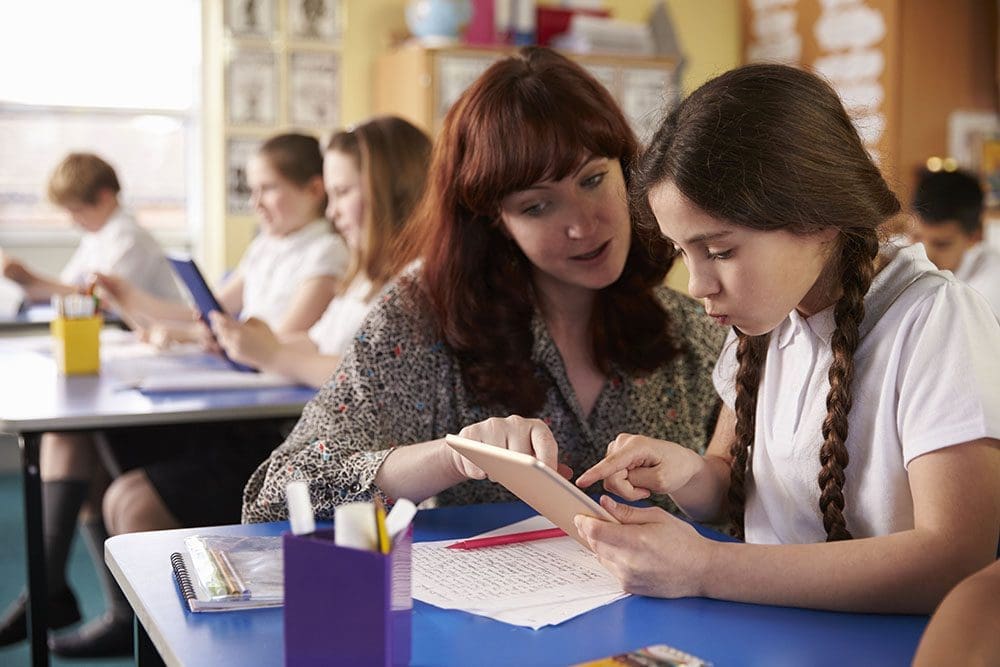School Attendance
To Improve School Attendance, Improve Engagement.
School attendance and engagement in the classroom drive many other important metrics. From academic performance to dropout rates, improving attendance will improve the effectiveness of our schools. In this article, we explore the connection between engagement and attendance. Also, we’ll share some real-world examples and practical strategies and tools you can use right away to engage your students and motivate them to show up to class.

A Lesson in Listening
My name is Jason Johnson. I’m the Director of Research and Development at WhyTry, an organization that’s been at the forefront of social and emotional learning for twenty years. As a young school psychologist, I learned a valuable lesson about dealing with challenging students.
A Crazy Idea
A student was brought to me after a fight. He had placed a padlock buckle over his knuckle and punched another student. And yes, this student already had the reputation of being “difficult.” When he first met with me, he wasn’t in the mood to talk.
I began our first session by attempting to ask some engaging questions. He sat and looked at his feet. This went on for about 7 minutes without a single word of response. The silence was deafening. While sweating it out and wondering if I had made a terrible career choice, I had a crazy idea. I asked myself…
“…what do I like to talk about when I’m not at school?”

Talk Less, Listen More
It occurred to me that I like to talk about music. I looked at this young man and apologized for wasting our time. I handed him my laptop and told him to find a (clean version of a) song that represented who he is, his identity. He looked at me with a certain level of suspicion, but then he decided to engage. He pulled up a song, hit play, and I sat and listened. After the song completed I thanked him and asked him if I could share a song with him. He said yes, and so I did. We sat together for 15 more minutes exchanging songs with one another. Communicating through music. From that point on, I was the only adult in the school that this young man would do work for. It taught me a valuable lesson that I carried throughout my career.
As adults, we can leverage those relationships towards improved behavior and engagement. Also, engaging our students is a critical aspect of reducing absenteeism and, ultimately, dropouts. When we listen to our students and engage them using activities they value, they respond and engage with us in return.

Disengagement and Absenteeism
According to a 2015 study about disengagement, most research is focused on what happens after students drop out. Very little research tries to identify and prevent disengagement.
However, researchers demonstrate by the time a child exhibits chronic absenteeism and eventually stops attending high school, it is too late. Disengagement from the educational experience is complete.
One of the five binary risk factors for the school disengagement warning index is attendance. Three of the other four seem to be a direct result of absenteeism, missing 20% or more school days:
- Lower standardized test scores
- Failing one or more core subjects
- Grade retention
The last, suspension, is strangely considered both a cause and an effect of absenteeism. Students who are absent are more likely to engage in delinquent behaviors or drug use. These same issues also cause students to miss school.
Students who are absent are more likely to exhibit other risk factors. This increases their score on the disengagement warning index. They will drop out.
When a student has just two of these warning indicators, the likelihood of dropping out increases to 50%.

Relationships And Relevance Are Effective Prevention
Education research has shown that teacher-student relationships have major effects on the overall success and attitudes of students towards school. One of the main reasons students cite for not coming to school is a poor relationship with a teacher. While motivating students could seem like a daunting task, teachers can actually prevent attendance issues. Also, we can avoid behaviors that might demotivate students, like:
- Public humiliation
- Devastating test results
- Conflicts with teachers or peers
While we know relationships are key, what we do within the learning time is also impactful. Engagement is a keyword to describe an effective classroom. But let’s look at the precise behaviors this entails:
- Experimenting
- Attending
- Discussing
- Questioning
- Answering
- Interacting
This is what engagement looks like. It’s not sitting quietly and listening. So, if an educator only presents information and expects students to come to class with inherent motivation, they will find themselves with a class of unmotivated students.
These principles form the basis of social-emotional learning as well. Relationships within the WhyTry program are primarily centered on a concept we call Surrendering the One-Up.
Essentially, to improve relationships, teachers demonstrate they care for the learning of each student as a person, not on the end results. We need to empathize with our students to lead them down a path of trust and self-worth. When students know their teachers genuinely care for them, regardless of the outcome, they open themselves up to learning.
They will start to do what they had not done before. They will hear what they had not heard before. Students also feel safer to try things and to fail… and to learn from failure. Students are less likely to stop coming to school or sabotage their learning with behavior.

Outcomes
This is the overall strategy we utilize in the WhyTry program. We leverage our relationship with a relevant and engaging instructional approach. Then we can develop resilience in our students. These resilience-based life skills include self-management and decision-making, and they can help students cope with life’s challenges.
Ultimately, students will want to be in school. They will want to be close to those adults that care for them. An engaging curriculum that feels relevant will not turn them away. In fact, students’ disposition toward their own learning will move from negative to positive. The factors that could’ve derailed them from their education will not win the day. Eventually, students will answer the question of why try? for themselves. They will choose to show up because school feels relevant to their daily life.